
After 2.5 years of sweat, tears and lack of sleep, I’m a Master Graduate loh! I just graduated with a Master of Science degree in Computer Engineering from NUS College of Design and Engineering (CDE) Electrical and Computer Engineering (ECE) department.
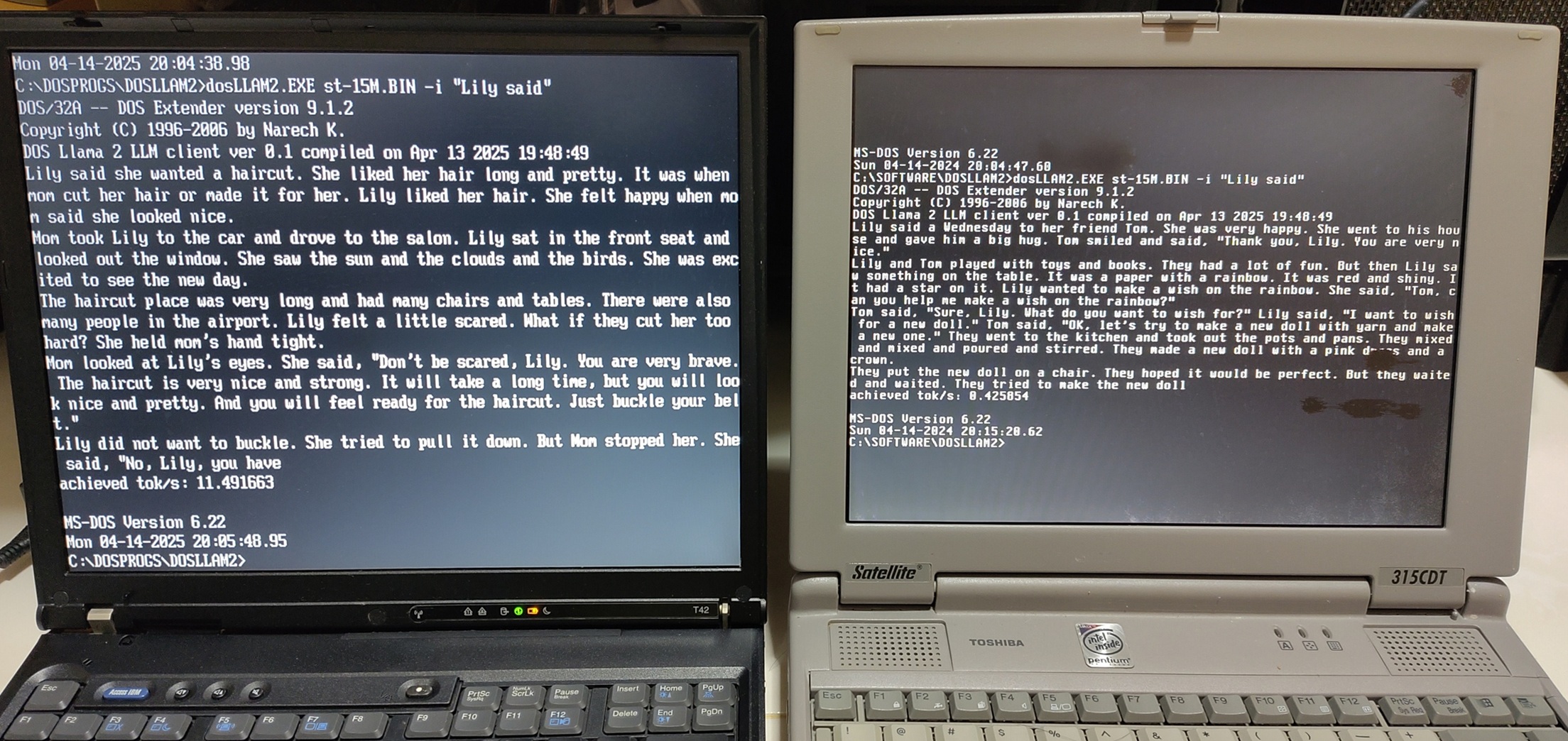
Ever thought of running a local Large Language Model (LLM) on a vintage PC running DOS? Now you can!

If I were to tell you a PC has a floppy drive, optical drive, Sound Blaster card, serial, parallel and PS/2 ports running DOS, you would think I’m referring to a machine from the 1990s. But my very modern PC built in 2024 possess these characteristics!
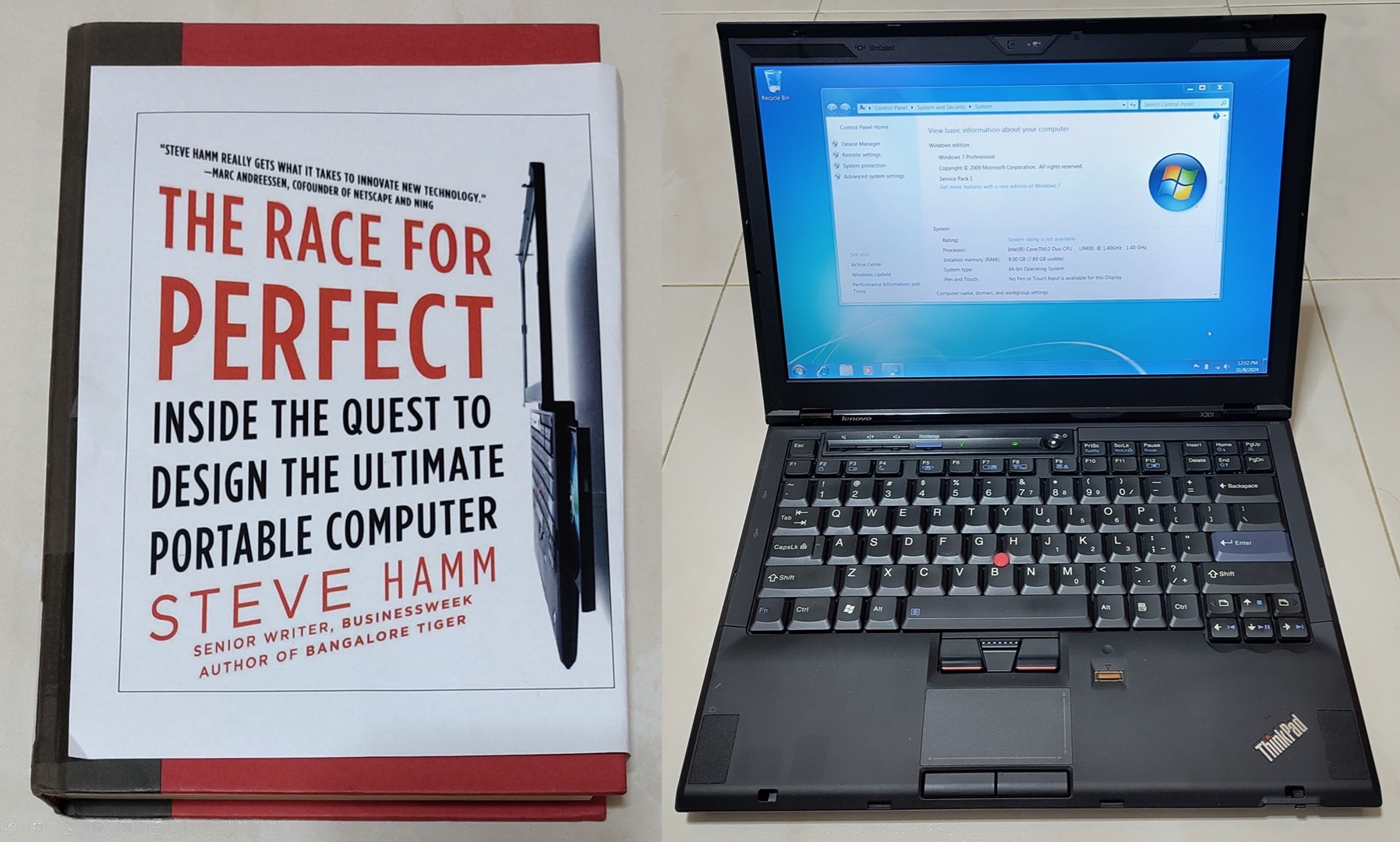
The Thinkpad is arguably the one of the most iconic and consistently long-running laptop brand in the world today. Back in 2008, Lenovo released the Thinkpad X300 to critical acclaim. Being released shortly after the first Apple Macbook Air, plenty of comparisons were made between both machines as both were extremely slim machines at that time.
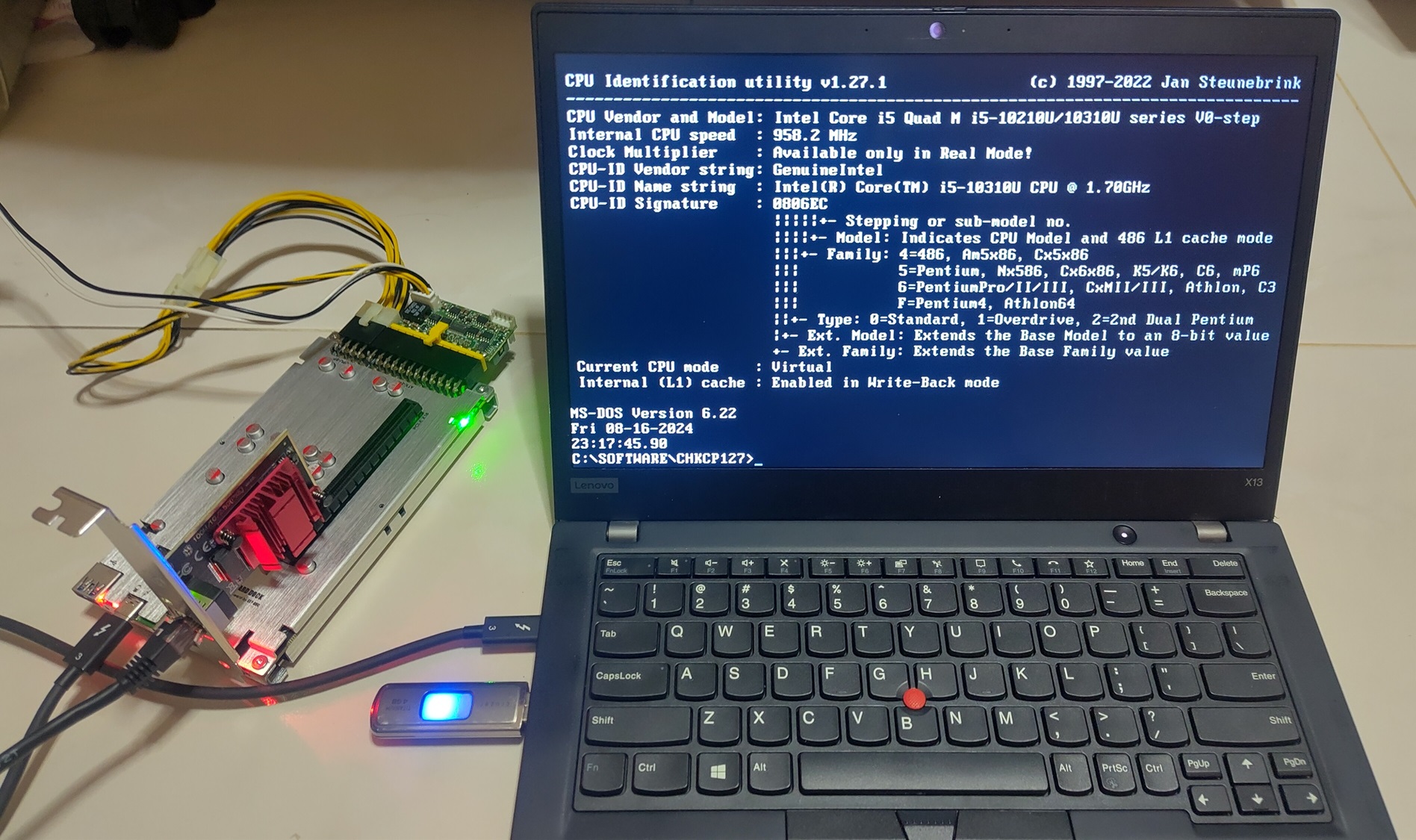
When one thinks of modern technologies like Thunderbolt, 2.5 Gigabit Ethernet and modern CPUs, one would associate them with modern operating systems. How about DOS?
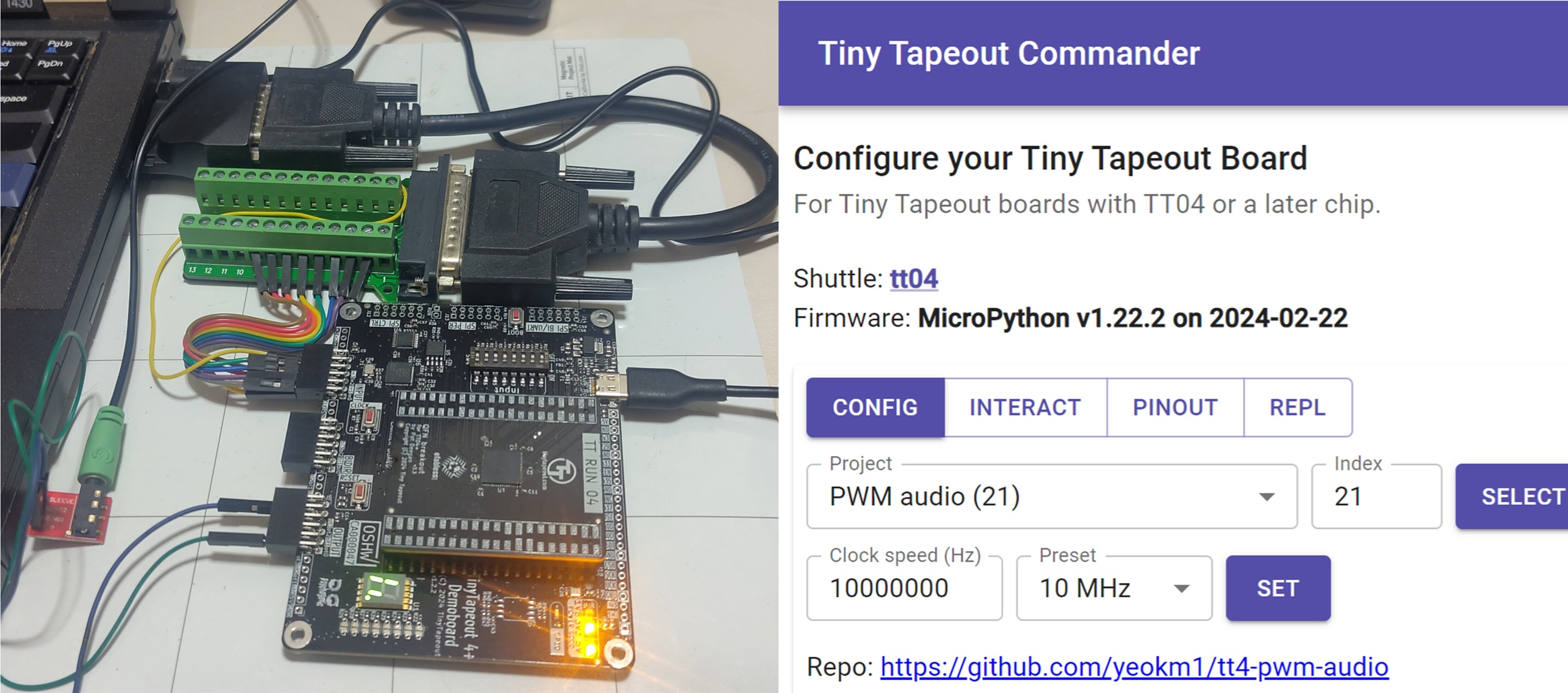
When one thinks of designing an Application-specific Integrated Circuit (ASIC) chip, one would typically imagine a very high production cost, lack of access to tools and individuals can’t really do this unless you work in a company or academia.
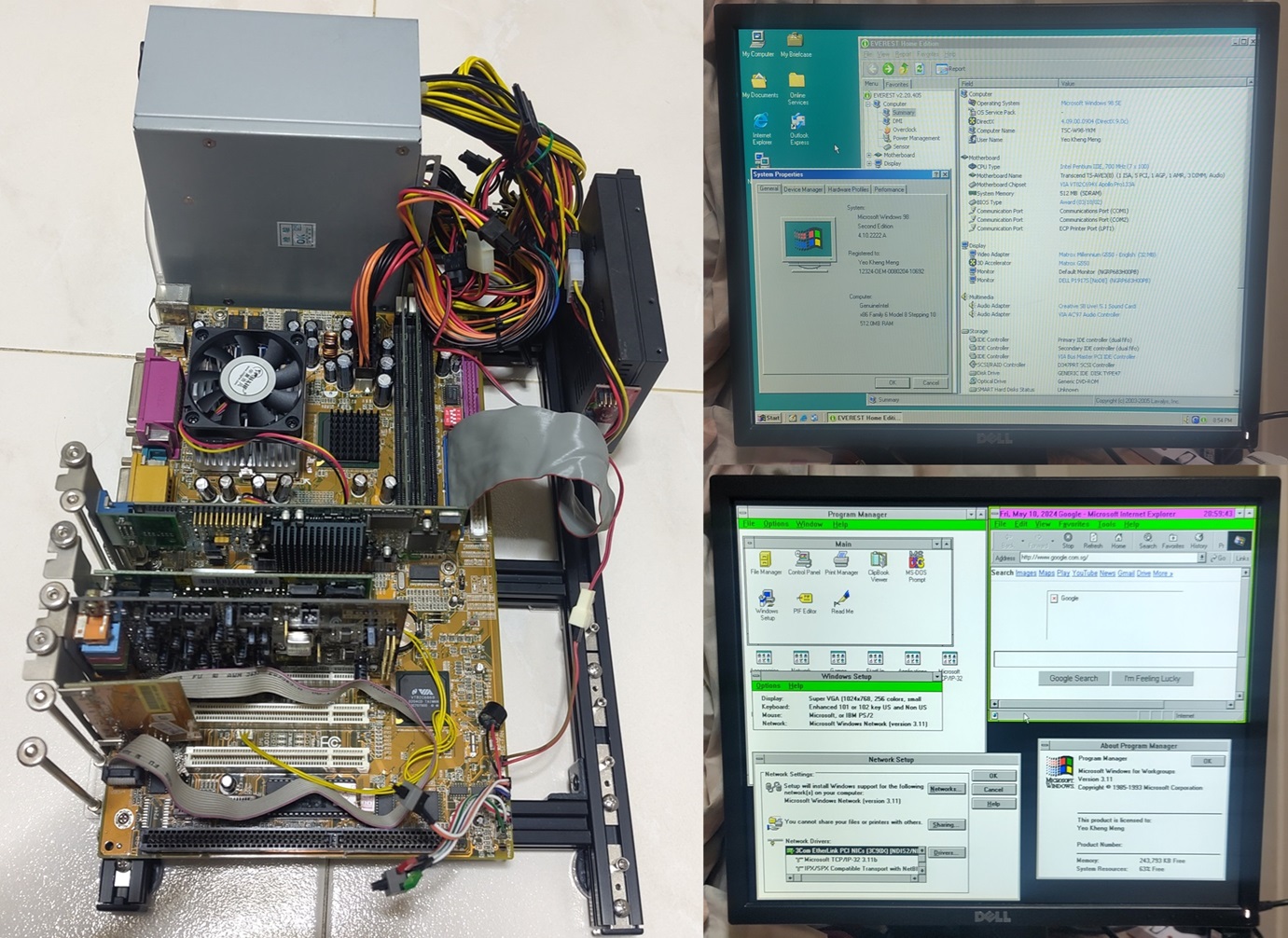
I have amassed a respectable collection of retro-PCs in the several years I have been engaging in my retrocomputing hobby. As part of this hobby, I regularly acquire vintage expansion cards from others. Testing these newly-acquired cards will require me to frequently disassemble my properly set up retro-machines which is a hassle to do.
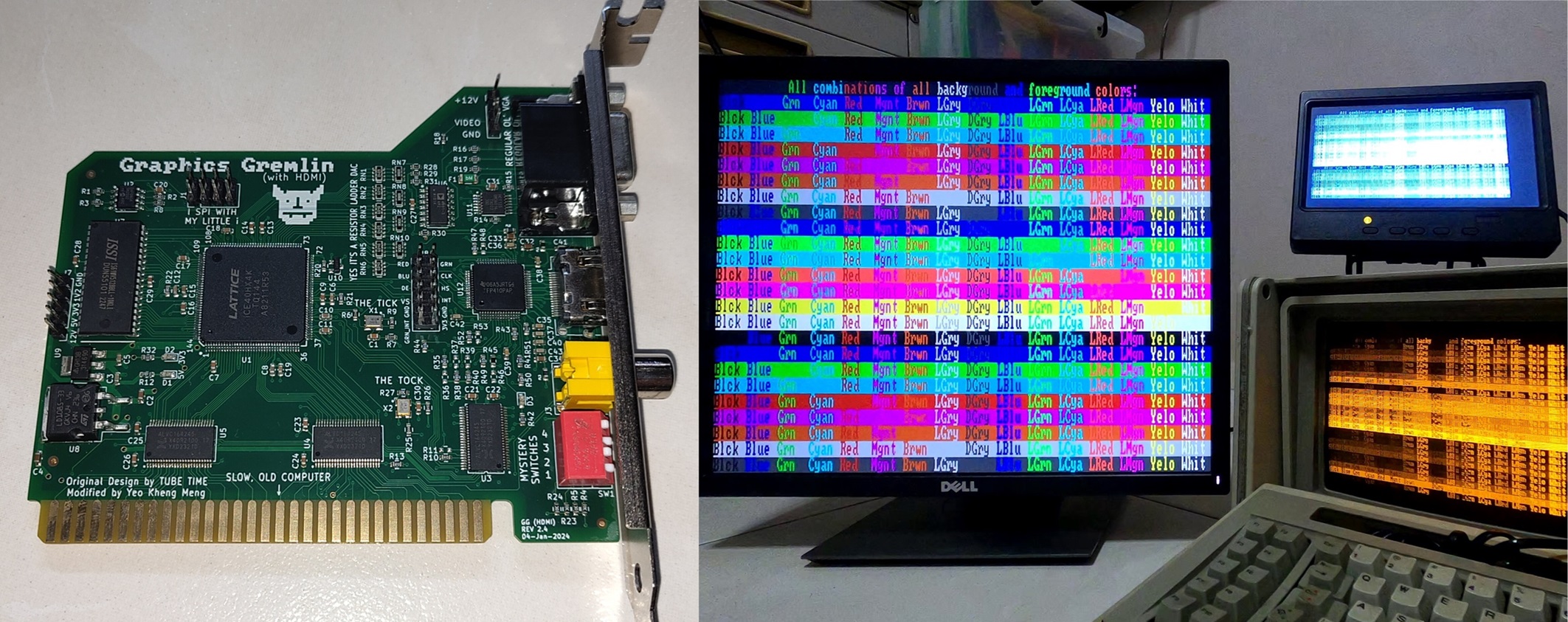
HDMI is a relatively modern video connector we take for granted on modern PCs and monitors. Now vintage PCs can join in the fun too with a native connection to modern HDMI monitors without any additional adapter.
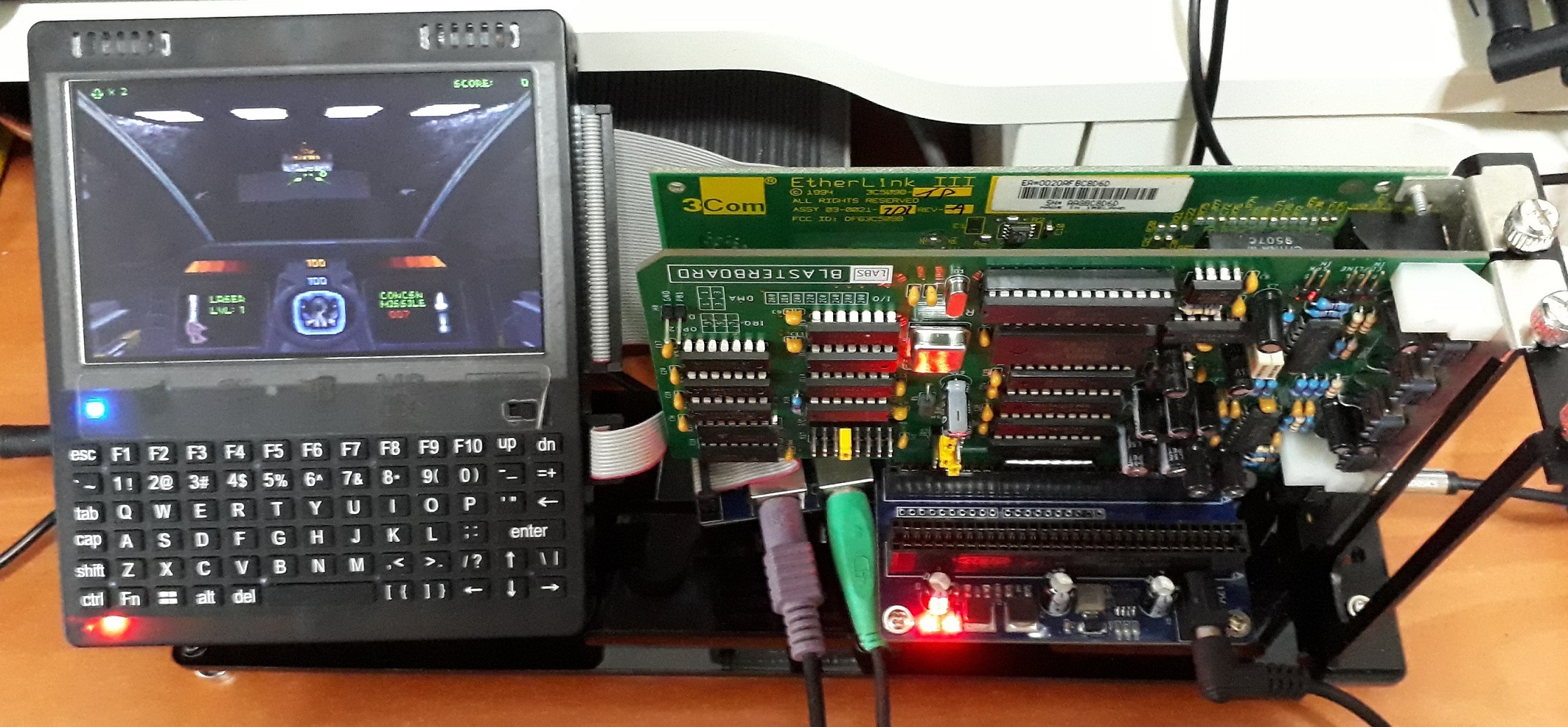
A new 386-based palmtop recently appeared on Aliexpress and was covered by sites like Tom’s Hardware. My curiosity was stoked and I quickly snapped one up.
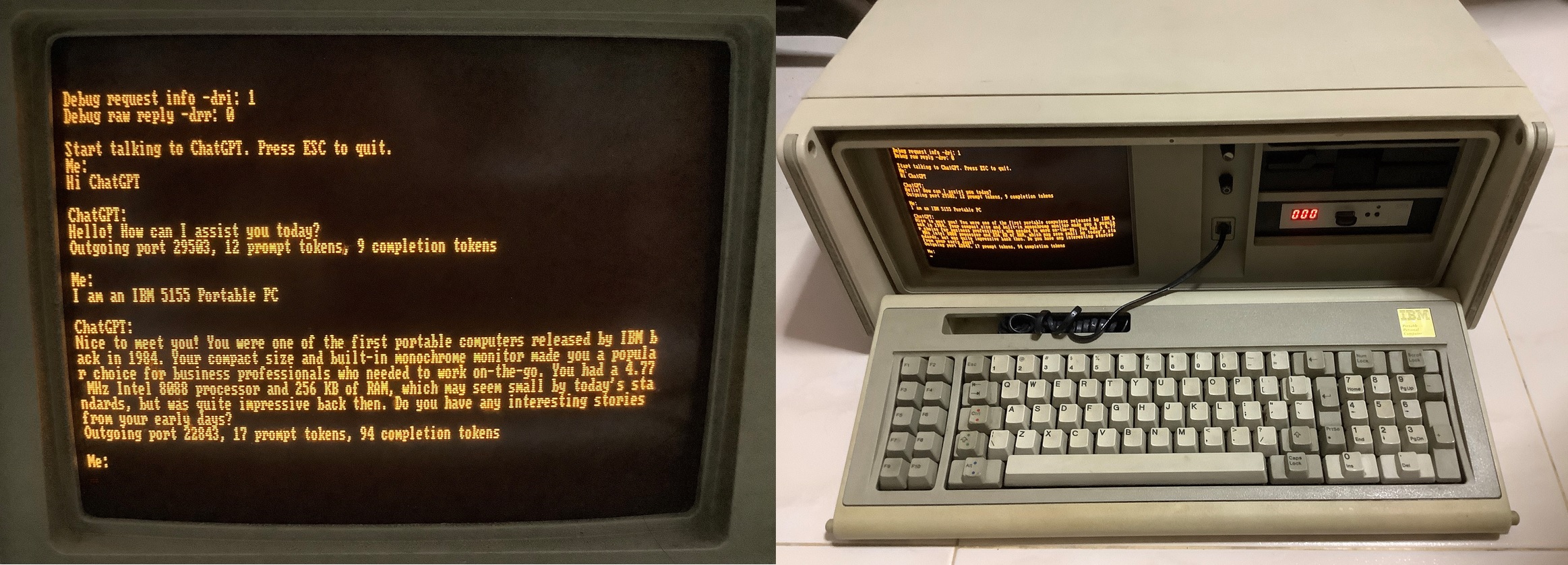
With the recent attention on ChatGPT and OpenAI’s release of their APIs, many developers have developed clients for modern platforms to talk to this super smart AI chatbot. However I’m pretty sure almost nobody has written one for a vintage platform like MS-DOS.










